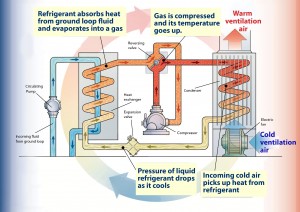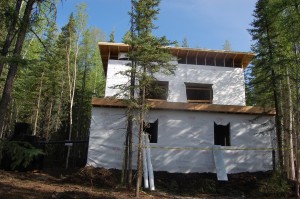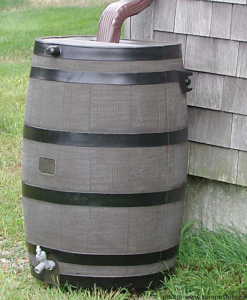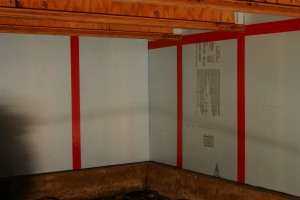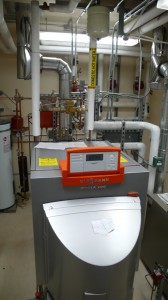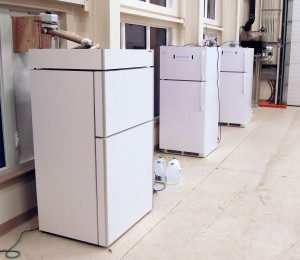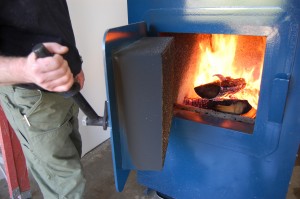Many people focus on the building envelope – the amount of insulation in the roof, the R-value of the walls, how many panes the windows have. Others think first of appliances – is the refrigerator certified as an ENERGY STAR appliance? What is the efficiency of the boiler? Does the hot water heater have a high energy factor? Are the lights incandescent bulbs, LEDs or CFLs?
Certainly all of these things have a role in making buildings energy efficient. However, there is an even more important factor that is often overlooked–the behavior of occupants. An oft-repeated saying in the building industry is “There is no such thing as a zero-energy home, just zero-energy homeowners.” Efficient buildings can’t reach their full potential if residents have energy-intensive habits. On the other hand, inefficient buildings can see large performance improvements just by changes in residents’ habits.
There are two main parts to energy efficient behavior: the types of appliances you buy and the way you use them. For example, do you own a large-screen plasma TV or a modest one? Both your consumer decisions and pattern of use play into your personal energy efficiency. For example, if you buy a 15-watt CFL floodlight and keep it on all the time, you may still actually use less than a 75-watt lamp that you turn off when not in use.
When it comes to your habits, remember what your mom and teachers probably used to tell you: Turn off lights when leaving a room; don’t leave the faucet running when you brush your teeth; take shorter showers; and put on a sweater instead of turning up the thermostat.
Changing habits can be difficult or uncomfortable, however, so there are also other options.
Many behavior elements can be addressed with technology:
· If you constantly forget to turn out the lights, or find yourself leaving on an outdoor light for hours while waiting for a spouse to come home at night, consider installing lighting controls. Motion sensors that can turn on and off lights are available for as little as $30 at home improvement stores.
· Programmable thermostats can be used to turn down the set temperature automatically while residents are away at work or asleep, and turn up the set temperature when residents are at home and awake. They can be programmed in 5 minutes – and offer savings on heating bills throughout the winter with no extra work.
· Do you have a number of devices plugged into the wall (phone chargers, TV, computer, etc.)? These devices draw a small baseline amount of current, called a phantom electrical load, as long as they are plugged in – even when they are turned off. Remembering to unplug everything can be difficult, but there are solutions. Plugging everything into a power strip means you only need to turn off one switch. Also, a smart power strip will shut off the current to peripheral devices such as a monitor and speakers when a central device, like a computer, is turned off.
· Do you have an electronic calendar on your phone or attached to your email? Use it to add automatic reminders for maintenance tasks, such as the yearly check-up on your heating appliance, or changing filters on a forced air distribution system. Remembering basic maintenance tasks improves the efficiency of equipment and prevents breakdowns.
· If you need to replace an appliance anyway, consider purchasing an Energy Star-rated one.
How else can you make your home more energy efficient? Go to www.cchrc.org or the website or Golden Valley Electric Association (http://www.gvea.com/resources/save) for more ideas.
Other resources on saving energy:
http://www.akenergyefficiency.org/
http://www.uaf.edu/ces/
http://www.energyhog.org/
